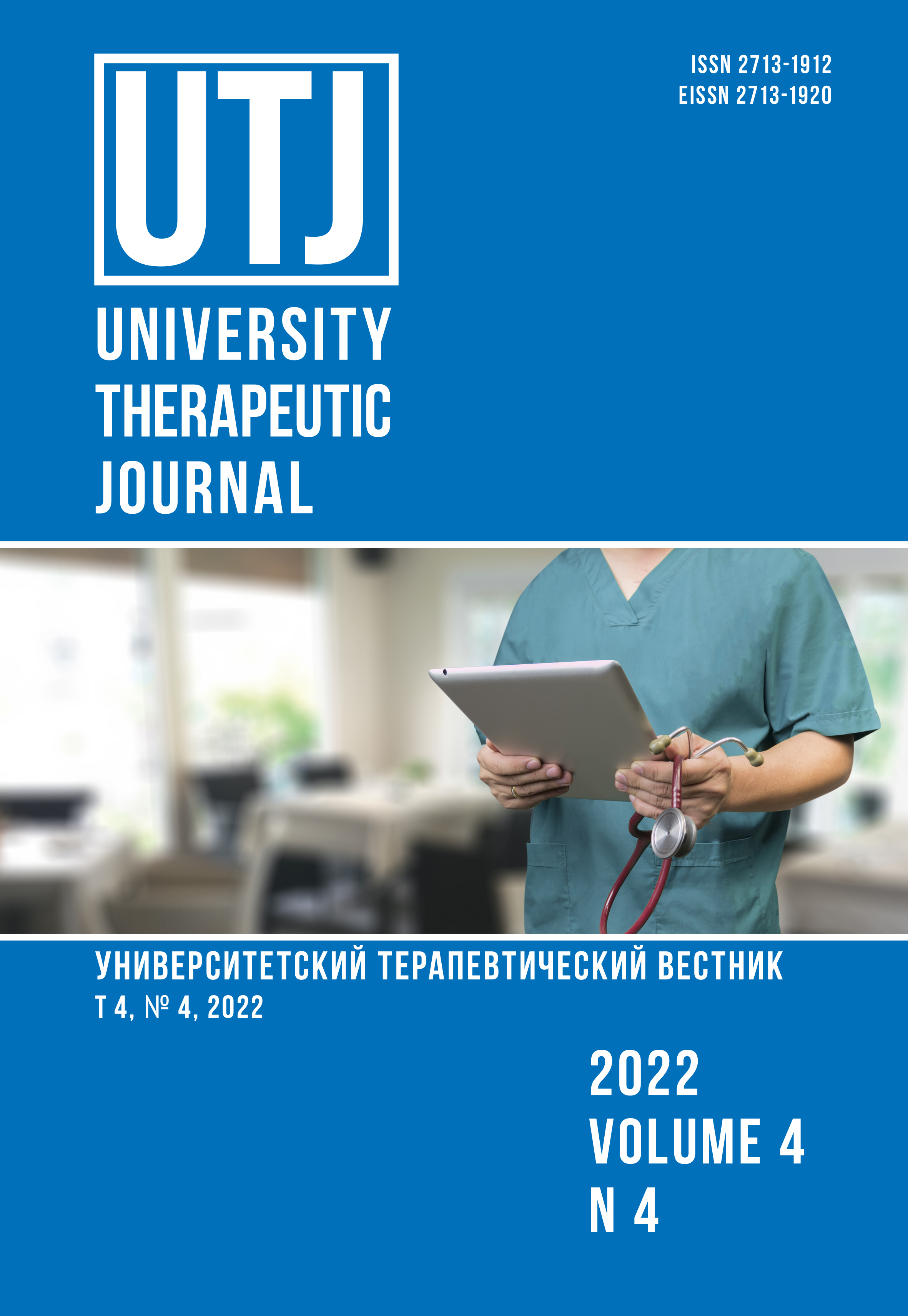HAND OSTEOARTHRITIS: FOCUS ON INSTRUMENTAL DIAGNOSTIC RESOURCES
Abstract
Introduction. Radiography is the “gold standard” for hand osteoarthritis (HO) diagnostic. However, this study does not allow to evaluate the cartilage and synovitis. Materials and methods. The study included 20 women with HO. Their age is 55.5 (53.3-66.8) years. The level of joint pain was assessed by visual analogue scale (VAS). The author’s questionnaire has been used for the degree of functional impairment and aesthetic dissatisfaction assessment. The width of the joint space, the size of osteophytes, the presence of erosions and synovitis were estimated by radiography, ultrasound (US) and magnetic resonance imaging (MRI). Results. Discrepancies were found between X-ray, US and MRI results for joint space (F(2,60) = 43.4; p < 0.001), erosion (F(2,60) = 13.4; p < 0.001) and synovitis (F(2,60) = 15.1; p < 0.001). The size of osteophytes did not have any significant differences for all 3 diagnostic methods (F(2,60) = 2.0; p = 0.14). There were not any regularities between the clinical, functional and instrumental results (p > 0.05). Discussion. It has been shown that radiography remains the only method to determine the joint space narrowing reliably. All three research methods are equivalent in assessing the osteophyte size. MRI was found to be the most sensitive for visualizing erosions and detecting synovitis. There were not any correlations between the severity of pain, functional impairment, aesthetic dissatisfaction and structural changes by radiography, US and MRI. Conclusion. Standard radiography remains the basis for HO diagnostic. US does not allow to assess the presence of synovitis. The possible reason is necessity of Doppler examination additionaly. The hypothesis about the possibility of early diagnostic of pathological process using ultrasound and MRI was not confirmed due to the lack of their greater sensitivity in identifying the joint space narrowing and the size of osteophytes.


